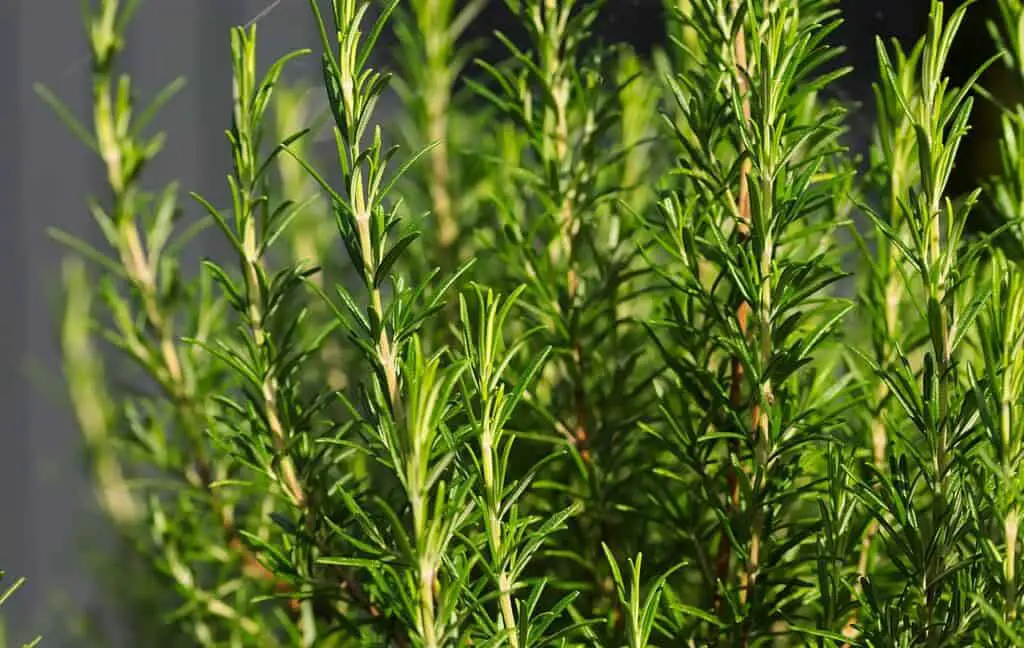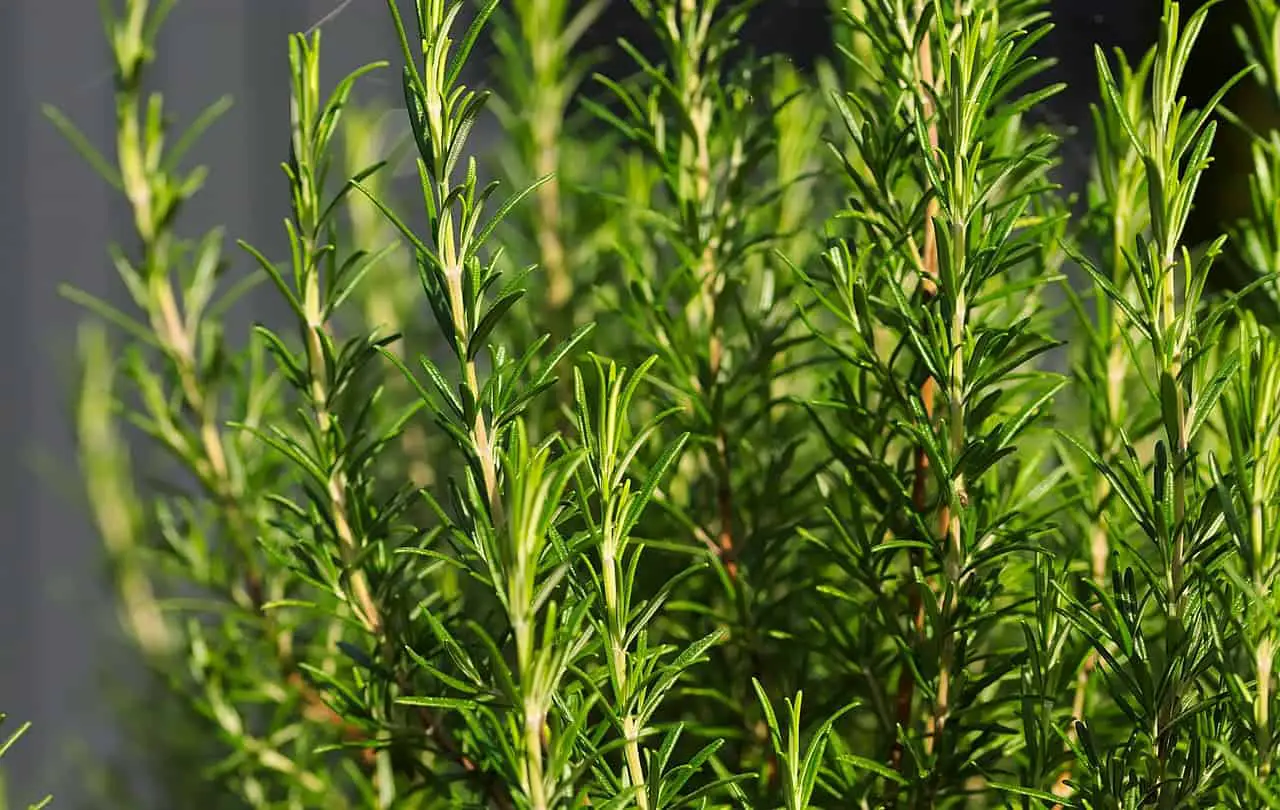Rosemary is a popular herb that’s easy to grow and offers a variety of culinary and medicinal benefits. But, like any plant, it’s important to know when the best time to plant it. In this article, we’ll discuss the best time to plant rosemary and offer some tips for ensuring a successful planting.

When to Plant Rosemary
The best time to plant rosemary depends on your location and climate. In general, rosemary prefers warm, sunny conditions and can be planted year-round in mild climates. However, in colder climates, it’s best to wait until after the last frost to plant.
In most areas, the ideal time to plant rosemary is in the spring after all danger of frost has passed. This allows the plant to establish roots and begin growing before the hot summer months. If you’re planting in the fall, it’s best to do so at least six to eight weeks before the first frost to give the plant enough time to establish roots before winter.
Preparing the Soil
Rosemary prefers well-draining soil with a pH between 6.0 and 7.0. Before planting, prepare the soil by adding organic matter such as compost or aged manure. This will help improve soil structure and fertility, as well as provide important nutrients for the plant.
If your soil is heavy or clay-like, you may need to add sand or perlite to improve drainage. Alternatively, you can plant rosemary in raised beds or containers filled with well-draining soil.
Planting Rosemary
When planting rosemary, it’s important to choose a sunny location with good air circulation. Rosemary prefers full sun and can tolerate a range of soil conditions, as long as the soil is well-draining.
To plant, dig a hole slightly larger than the root ball and gently loosen the roots before placing the plant in the hole. Backfill with soil, pressing down gently to remove any air pockets. Water thoroughly after planting to help settle the soil around the roots.
Caring for Rosemary
Once planted, rosemary requires minimal care. Water deeply but infrequently, allowing the soil to dry out slightly between waterings. Avoid overwatering or allowing the soil to become waterlogged, as this can lead to root rot.
Fertilize with a balanced, all-purpose fertilizer in the spring and again in the fall. Prune regularly to promote bushy growth and prevent the plant from becoming leggy. Rosemary can be harvested as needed, but avoid harvesting more than one-third of the plant at a time to prevent damage.
Protecting Rosemary from Frost
If you live in an area with cold winters, it’s important to protect your rosemary from frost. In general, rosemary can tolerate temperatures as low as 20°F (-6°C), but extended periods of freezing temperatures can be damaging.
To protect your rosemary from frost, cover the plant with a layer of mulch or straw. You can also use a frost blanket or row cover to provide additional protection. If growing in a container, move the plant to a protected location such as a garage or basement during periods of extreme cold.

Conclusion
Rosemary is a versatile and easy-to-grow herb that offers a range of culinary and medicinal benefits. By planting at the right time and providing proper care, you can enjoy fresh rosemary year-round. Remember to protect your plants from frost and prune regularly to promote bushy growth. With a little care and attention, your rosemary plant will thrive for years to come.

